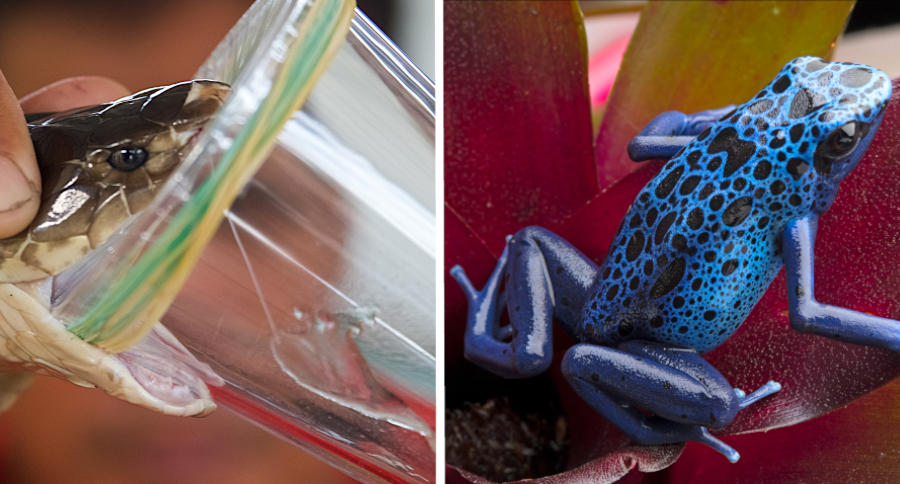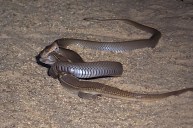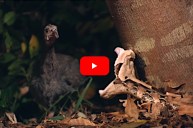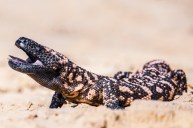There is a difference between venom and poison.
For outdoor enthusiasts, perhaps no two terms are misused more often than poison and venom. To be fair, many people probably do not realize there is a clear difference between poisonous animals and venomous animals. Even my English teacher mom did not realize there was a clear distinction between the words when I corrected her on it once. In her defense, she does not use the terms often when teaching literature.
While most people understand what one is talking about when they use these terms, it is important to note the distinctions between the two terms, especially if you spend a lot of time enjoying outdoor adventures.
Because a better understanding of the differences between the two and their method of delivery will help you avoid unwanted and potentially dangerous encounters with animals and plants during your time in the field.
Similar, but very different.
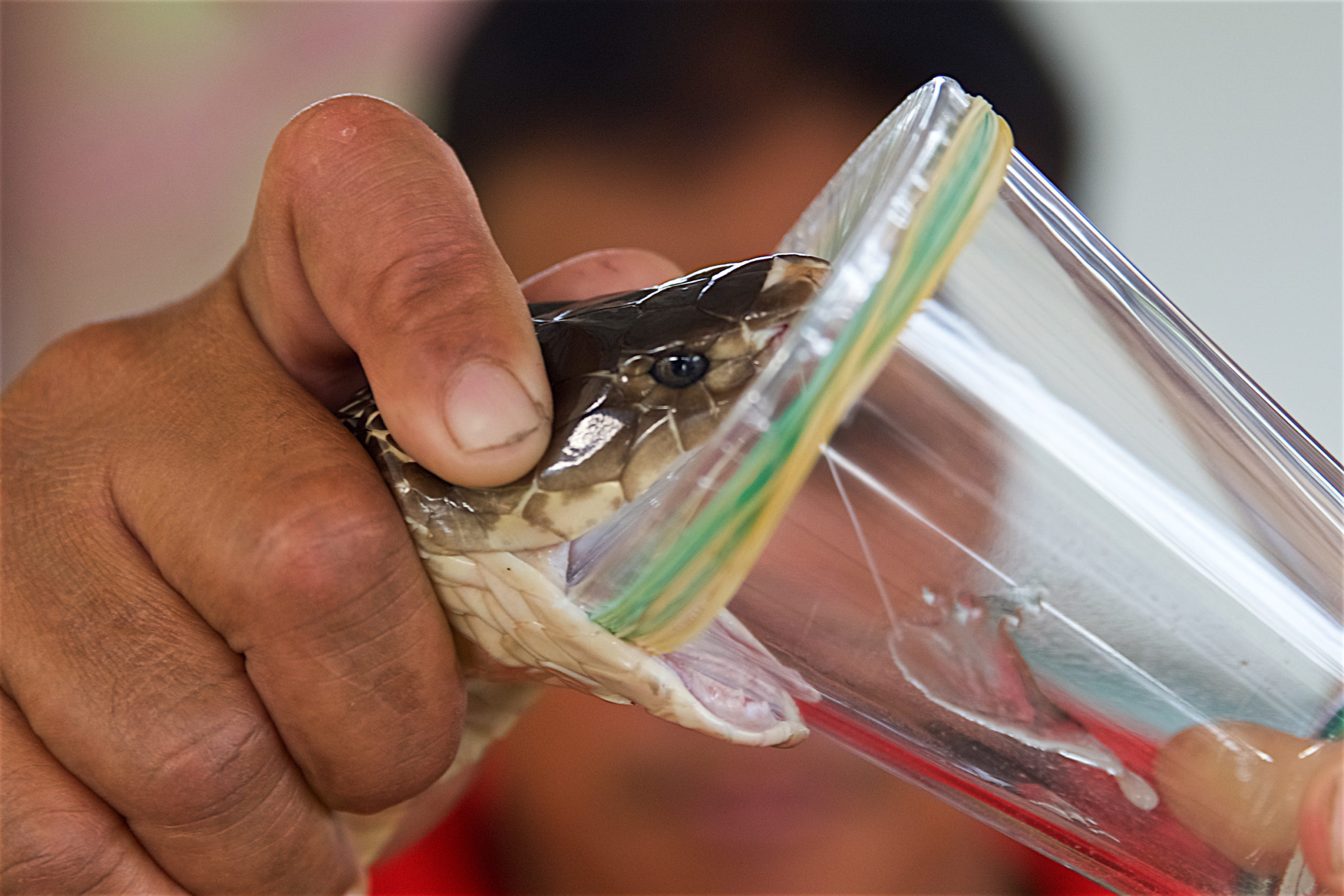
Both venom and poison are toxic chemicals. Venom is basically a blanket term for the different classes of toxin like neurotoxin or myotoxins. Things can get rather technical, and knowing all the differences between the different types of toxins is not too important. The main thing to understand is that what differentiates poisonous organisms from venomous ones is how that toxin is delivered. We will start with venom, which must get into one's bloodstream in order to be harmful.
The most common venomous creatures you are likely to encounter include various species of snake like the black mamba, cobra or rattlesnake. There are other, stranger examples of venomous animals like the gila monster and komodo dragon, which are both lizards. Many insects also produce venom, however most of them deliver this venom through a sting. The obvious examples of this are honey bees, wasps, scorpions, and some species of spider. Oddly enough, you can group the male platypus, a mammal, in this group. It has venom glands and a strange, hollow stinger or spur to deliver it in their hind legs. Notice the pattern here? If a bite or sting has a negative effect on you, it is a venomous bite.
The reasons for an animal's venom may vary by species too. For most venomous snakes, and jellyfish stings, it is a way of immobilizing and killing their prey. However, it is worth mentioning that not all snake bites from a venomous species are fatal. In fact, for some snake venom, like that of the garter snake, the toxicity is so mild that the presence of this snake's venom was not discovered for many years. For many insects, venom from stings is simply a form of defense. The more painful the sting, the more likely their attacker will give up and leave them alone.
By contrast, poison harms via direct ingestion or contact. Some poisonous animals can be handled safely with no worries. However, if you eat something and it causes you to get sick, that means the animal is poisonous. That is why whenever I hear someone use the term "poisonous snakes," I always joke with them: "Why are you eating that snake?" It usually draws a laugh when I explain further.
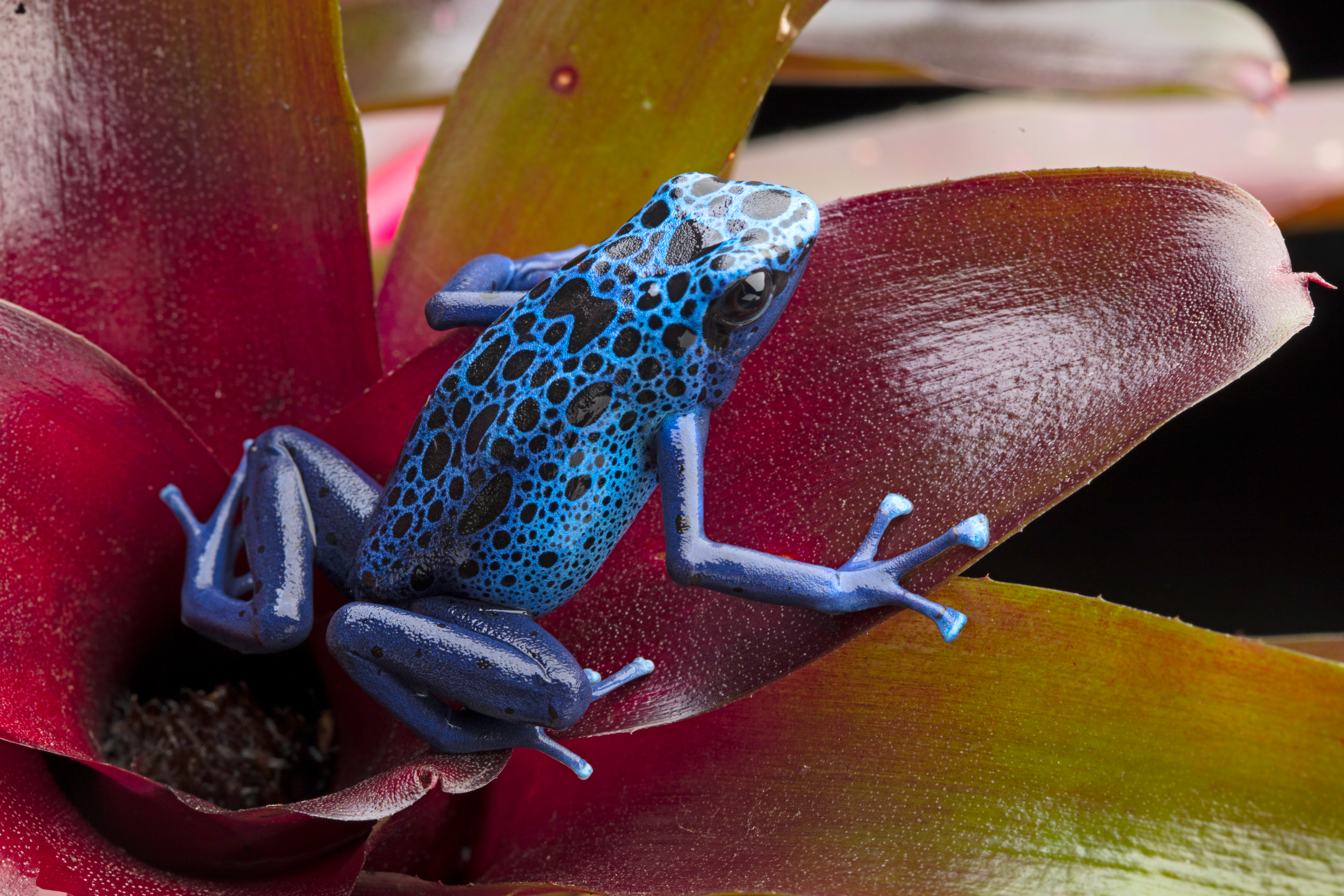
The list of poisonous animals is much shorter than venomous ones. It includes mostly fish, insects and amphibians. Creatures like the monarch butterfly, American toad, cane toad, some species of newts, salamanders, and poison dart frogs are not usually considered table fare, so it is not much of a concern. Keep an eye out for creatures that have exceedingly bright coloration, that is often a good sign the creature is dangerous in some way. Included on the list of poisonous animals are the blowfish and pufferfish, which while highly toxic, are also often served as specialty meals. They require skilled chefs to prepare them to prevent the meal from being dangerous.
Many types of plants also contain poisons including foods that we eat every day. However, in most instances, the effects are relegated to parts that are not eaten, or the effects are negated by the cooking process. The most common poisonous plants encountered by outdoorsmen and women are going to be members of the Toxicodendron family. This includes species like poison ivy, sumac and oak that can cause rashes and skin irritation if a person brushes up against them. I think we have all been there at some point.
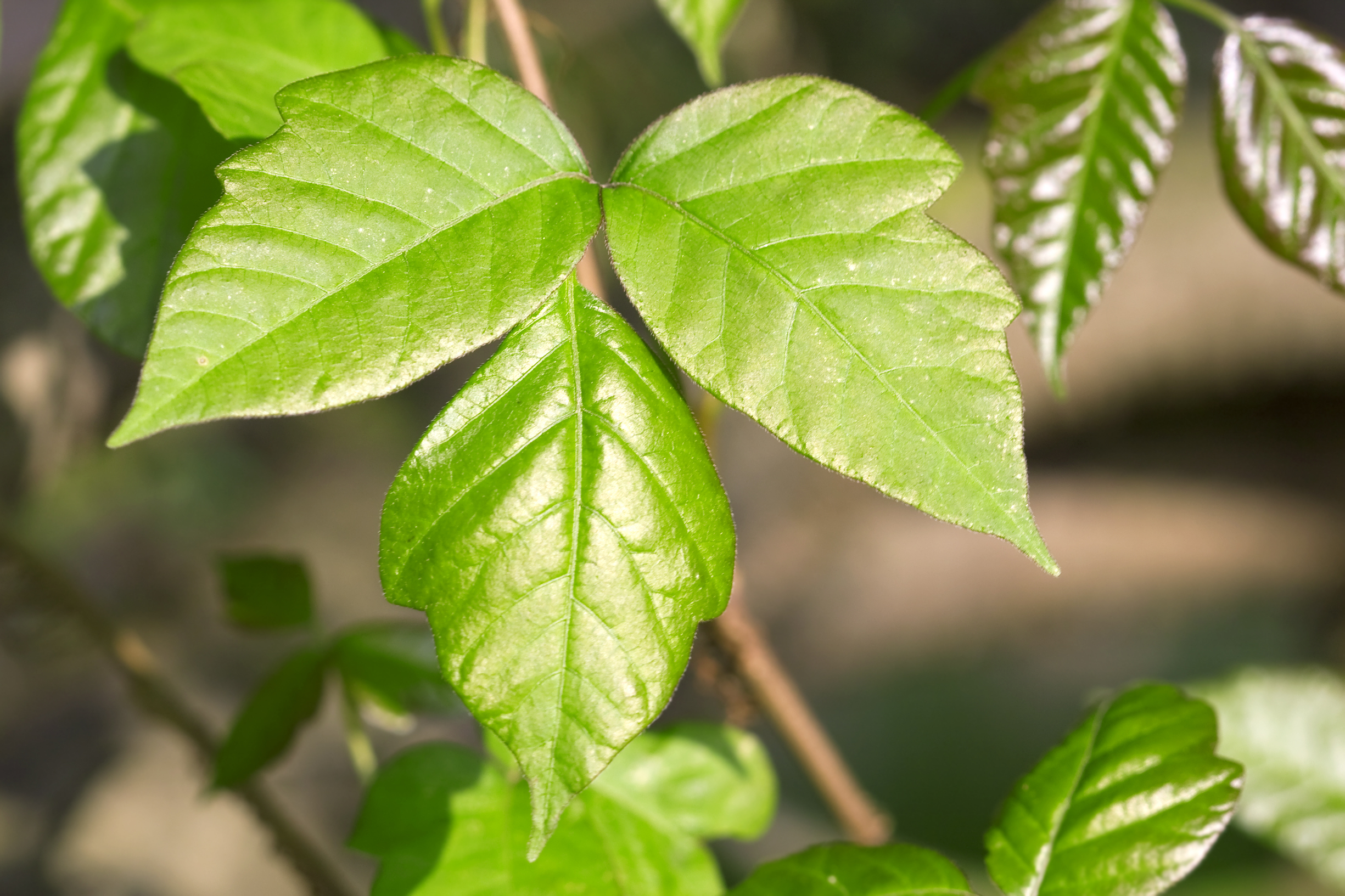
Can an organism be both venomous and poisonous? You bet. However, it seems to be even more uncommon than just having one of these traits. Certain species of octopus can have both poison and venom. Some animals end up being poisonous simply by way of their diet. Some snakes can inadvertently become poisonous if they happen to feed heavily on poison toads or frogs.
In case you are wondering why all of this is important, it is helpful to have a basic knowledge of what animals and plants are harmful and in what ways before your outdoor adventures. Especially if you are into foraging for wild edibles. In the unfortunate event you, a friend, family member or pet gets sick from either, you will be better prepared to identify the problem and convey that information to a doctor or veterinarian. You never know when a little extra knowledge will help save a life. If nothing else, it gives you a little bit of extra info to help you win on trivia night.
For more outdoor content from Travis Smola, be sure to follow him on Twitter and check out his Geocaching and Outdoors with Travis YouTube channels.
NEXT: THE AXIS DEER AND HOW THEY'RE IMPACTING PARTS OF THE UNITED STATES
WATCH
